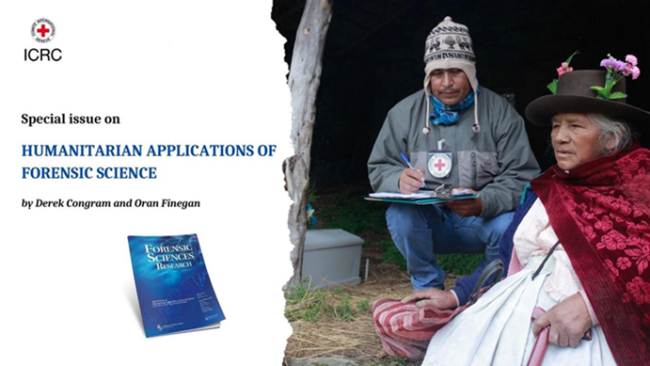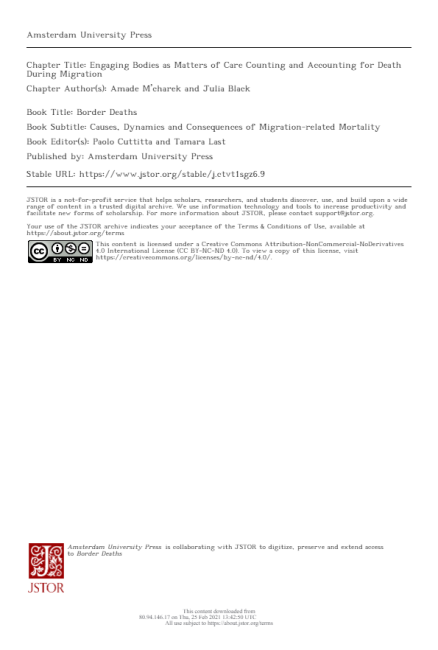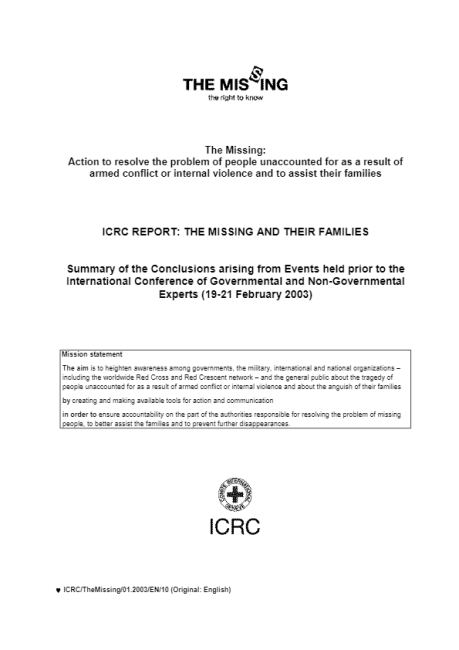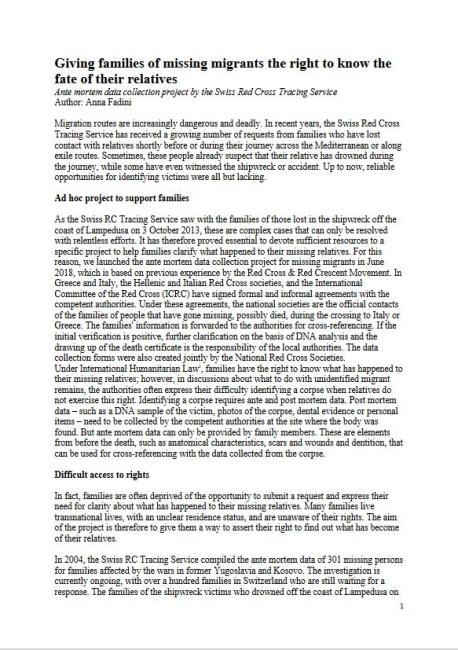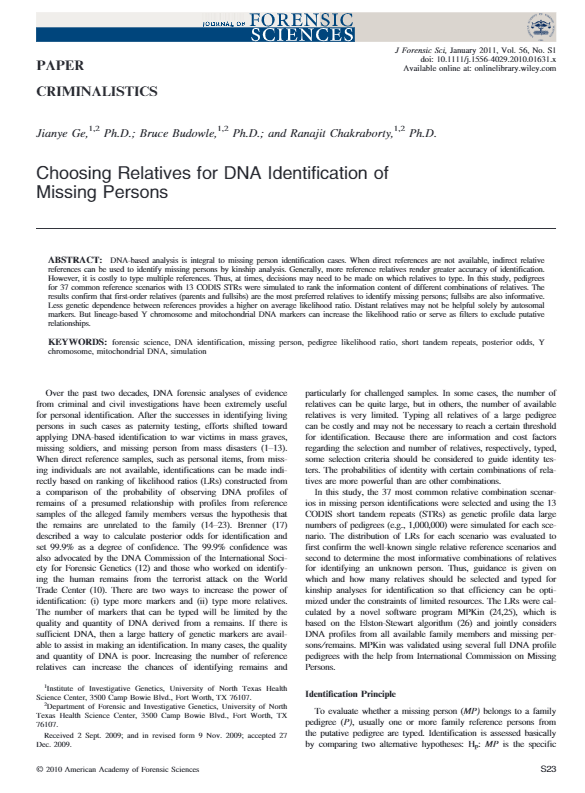
Choosing relatives for DNA identification of missing persons
DNA-based analysis is integral to missing person identification cases. When direct references are not available, indirect relative references can be used to identify missing persons by kinship analysis. Generally, more reference relatives render greater accuracy of identification. However, it is costly to type multiple references. Thus, at times, decisions may need to be made on which relatives to type. In this study, pedigrees for 37 common reference scenarios with 13 CODIS STRs were simulated to rank the information content of different combinations of relatives. The results confirm that first-order relatives (parents and fullsibs) are the most preferred relatives to identify missing persons; fullsibs are also informative. Less genetic dependence between references provides a higher on average likelihood ratio. Distant relatives may not be helpful solely by autosomal markers. But lineage-based Y chromosome and mitochondrial DNA markers can increase the likelihood ratio or serve as filters to exclude putative relationships.


